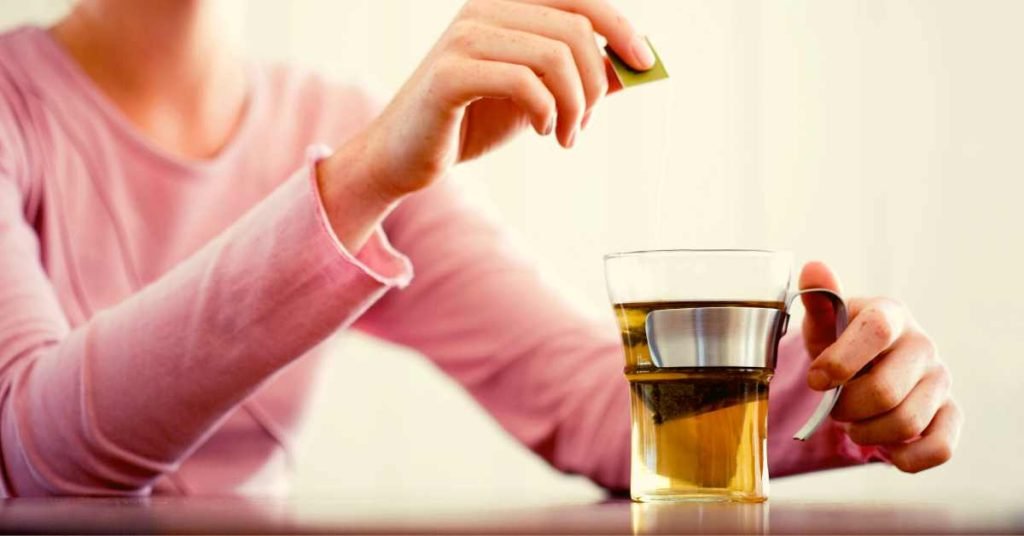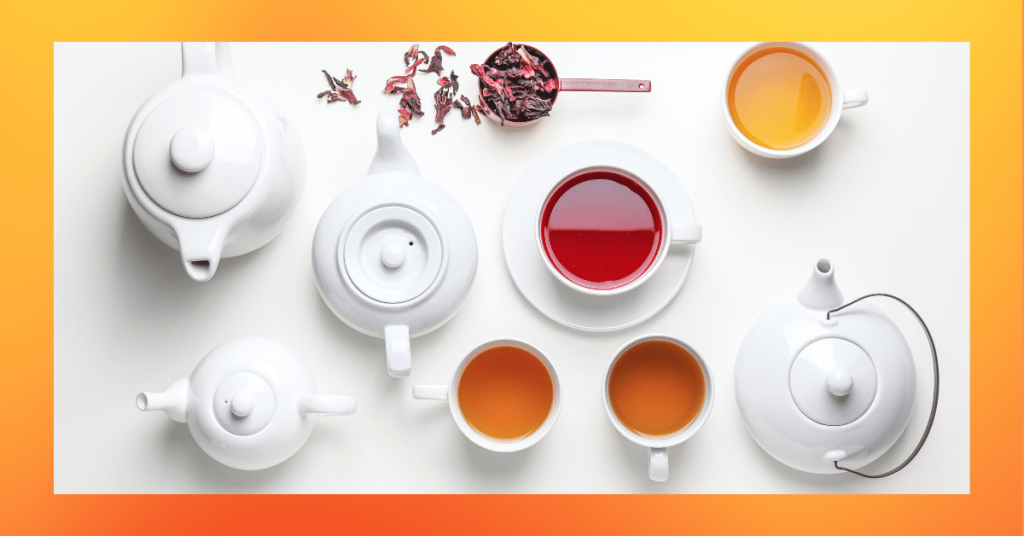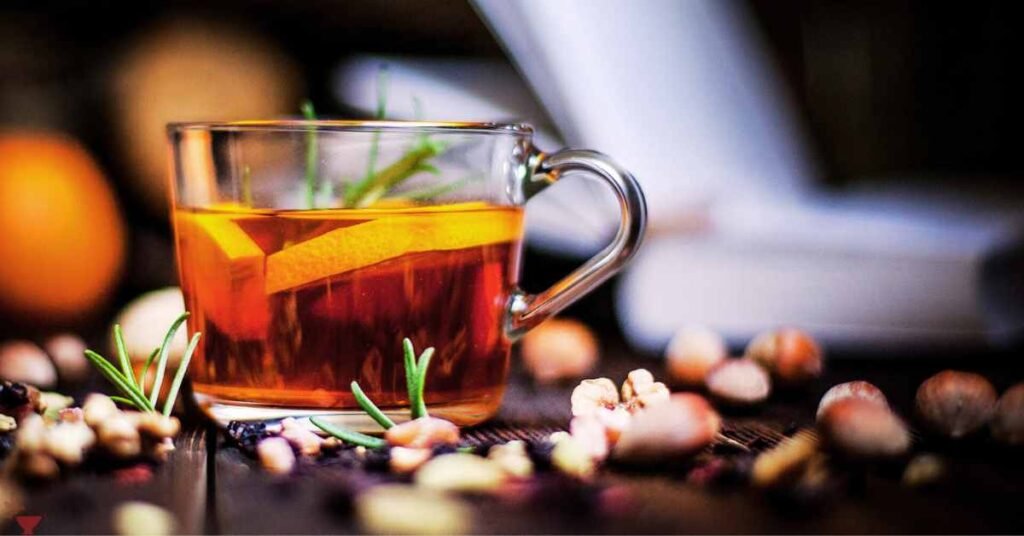Those who know us well know that one of the things we have fought for since we created our artisan tea company is the quality of our teas.
Long before commercializing them, one of the most expensive jobs was to find tea suppliers who could really provide us with quality raw material.
And we succeeded. From this point on, the stone was in our court and the final result depended on us.
oday, years later, we are very proud to say that we have succeeded. And not because we say so, but because our customers are the ones who talk, the ones who repeat, and the ones who join us every day.
But why do we insist so much on this? Because we like to give the best.
In fact, one of the reasons why we decided to create this business was because it was difficult for us to find types of tea and infusions that had the quality we expected and that, therefore, could fulfill their two main functions: to take care of our health and bring us well-being.

And do you know what the best thing is? You don’t need to be a great expert in tea infusions, just be very attentive, although, of course, the practice also has a lot to do in this regard.
At first, you will have many doubts, but after a few weeks, you will start to be an expert. Let’s get started!
Tea Appearance
If you think about it, it is logical that this is the first thing we should look at.
Whether we like it or not, appearances can be deceiving, but to the eye of an expert, there are aspects of the appearance of the tea that are clear indications of whether or not it has the quality expected of it.
In this sense, we have to take into account the appearance of the tea leaves, both dry and once infused.
It is clear that it will depend a lot on the varieties of tea, but in general, the following tips are useful for the larger leaves, which are the most common.
In the first case (the dry leaf), we recommend that you take a small handful, spread it on a flat, clean platform, and check the following points:

That all the tea leaves are about the same size.
That when you touch them they look crunchy, this is synonymous with freshness, the same as if there is white fur on the back of the leaves.
That the tea leaves are whole and without stems. This is something that when you drink a poor quality tea, you can see for the first time.
Once you have looked at the dried tea leaves, it’s time to look at the infused leaves. Do you see that they have regained their original shape? If so, the tea is of good quality.
TIP: write down each of the aspects that I have just given you and those that I am going to give you next on a sheet of paper so that when you finish the observation, you can carefully evaluate everything you have written and conclude if it is really a quality tea or not.
Tea Color
Both of its dry and wet leaves, as well as that of the infusion itself that is made with them. These are the three points that you have to observe as far as the color of the infusion is concerned.
If when the leaf is dry, its color is bright and homogeneous, you can put an extra point in your score, it is the best sign that it is a quality tea. Of course, the color requirements change depending on the color of the leaf itself.

When the leaf is wet, depending on whether it is young or older buds, the requirements change. In the case of the former, once infused, the quality is measured by the brightness of the leaves; on the other hand, when it comes to older teas, the quality is measured by the degree of darkness.
Of course, then each type of tea has its own specific characteristics to be observed.
And finally, it is important to see the result, i.e. the color of the infusion made with these leaves. When the tea is of high quality, the colors are bright and clear.
In addition, this color will also tell us a lot about the intensity of its flavor: the lighter it is, the milder it will be; the brighter it is, the more intense and richer it will be.
Poor-quality teas, on the other hand, are distinguished by their opaque and dull colors.Tea Aroma
There is one thing that our customers tell us a lot: when they open one of your teas, its aroma permeates the whole room.
And that is precisely one of the aspects that mark the quality of any tea you drink. The fresher the tea, the higher the quality.
But don’t be fooled: there are some commercial tea brands that add certain products to increase the aroma. It disappears as soon as you infuse it. It is… the absorbent cotton test!
Of course, each tea has its own type of aroma. For example, black teas are sweet, green teas are fresh and oolong tea is floral.
Tea Flavor

This is the last point to take into account when assessing the quality of an infusion. In this sense, it is easy to recognize it, although, at first sight, it can be deceiving (or, rather, at the first sip). As the saying goes, “all’s well that ends well”; the same applies to tea.
A quality tea has to have a sweet and pleasant aftertaste (by sweet I do not mean cloying, but smooth and leaving a good taste in the mouth). Poor-quality teas end up being bitter.
A quality tea, depending on the variety, may seem so at the beginning (as, for example, in the case of red teas and even Matcha tea of some green teas), but the important thing is that it is not so at the end.
One aspect to take into account when preparing the tea is that the water has no flavor, as this could influence the taste of the tea.
There are some brands of water that do have a characteristic taste and even some tap water that have a lot of lime and that can also have a negative influence on the quality of the tea you drink. Keep this in mind when assessing its quality.
Now It’s Your Turn
You already have everything you need to know if a tea is of quality or not. Now I invite you, as I said at the beginning, to practice so that you always have a small piece of paper and something to write down the score.
I know someone who has his own little notebook, with the aspects to take into account already written down and he only adds or subtracts points, depending on the tea he is evaluating at that moment.
Another very important thing to take into account is the tea bags. There are many people who consider that these have less quality than if taken in bulk, but this has nothing to do with it.

What happens is that many commercial brands have been introducing tea powder in their tea pyramids to reduce prices, thus reducing the quality of the infusions.
However, if the tea bags are made in an artisanal way, with the same material as the bulk packages, the quality is not reduced one iota; much less if the bags with which they are made allow the essence of the product inside to pass through.
Another thing is that when we have bulk tea at our disposal, we can prepare it to our liking, and, therefore, the intensity of the flavor will be exactly what we like.
So, now, yes, I think I am not leaving anything out.
I invite you to do some tests in the coming days with our teas or others that you are served in the cafes you visit and tell us how that score goes. Until the next post!
MEDICAL DISCLAIMER
Itsnevernotteatime.com cannot and does not contain medical/health advice. The medical/health information is provided for general and educational purposes only and is not a substitute for professional advice.



